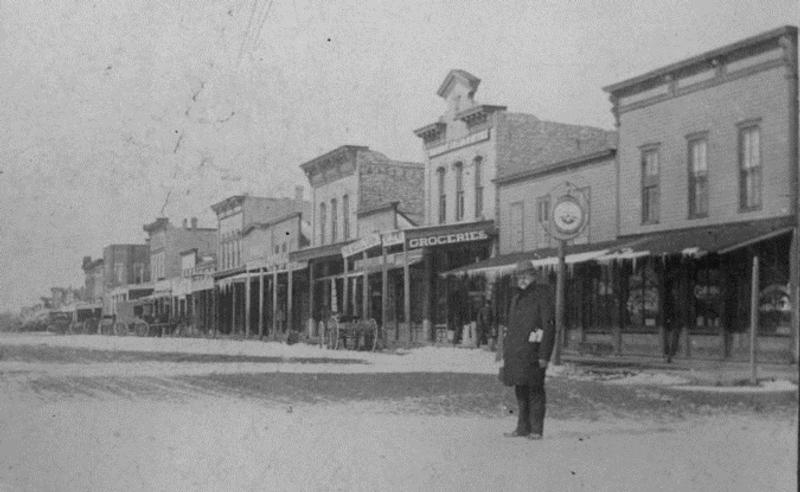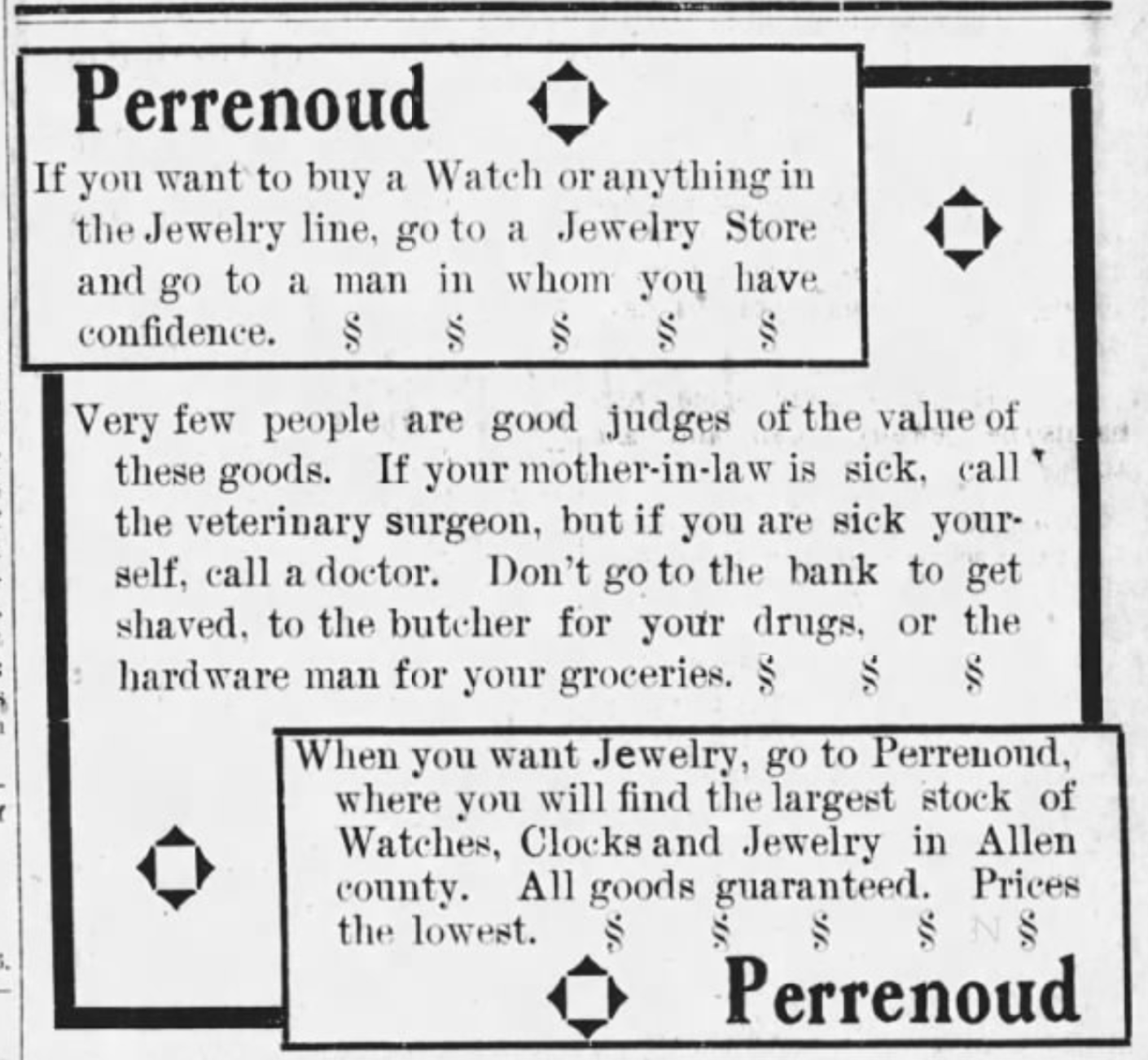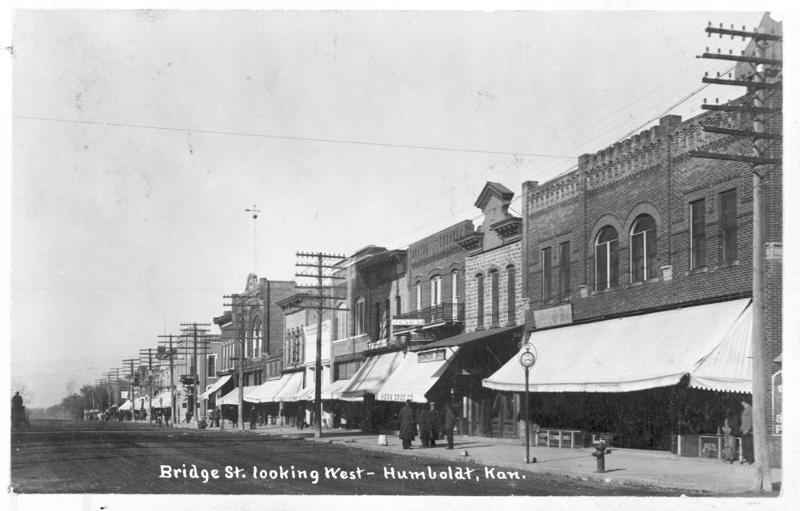Although a historical deep-dive may not be the most exciting way to kick off this blog, submersing myself in history is almost always how I like to start into a project like this one. Who were the building's owners, its tenants? What were some notable events or anecdotes or folklore related to it? Generally I answer these questions by reading every possible thing I can find in the newspaper archives. The hope, of course, is to uncover some nugget of inspiration that might inform the name, the style, the branding, the interior architecture, etc. for the good of the project.
In the case of our building, the history is long and varied. I spent several late nights digging through Newspapers.com, piecing together as complete a chronology of the building as I could, which I then compiled into not one, but two posts on our Humboldt History Facebook page (it took two posts because a single post maxed out Facebook's length limit!). Not all of the history is that interesting or relevant, so I don't blame you if you don't want to pore over those extremely long posts. (There are plenty of amusing anecdotes, so if you enjoy that kind of thing, it may be worth your time). Of course not every project needs to benefit from some detail from its past; and sometimes there's very little of importance to uncover anyway.
But for my purpose here, I quickly latched onto one notable character from my research: the Swiss immigrant who built the building in 1904, a jeweler named Louis Perrenoud. (As a native-born Swiss man, his name would have been pronounced "Lou-ee Pair-eh-new").

Louis Perrenoud moved to Humboldt somewhat early, in 1874, "with the grasshoppers" as he said. By 1877, he had purchased and moved his jewelry business to the northeast corner of the square, where the Bailey currently sits. There he built a two-story frame building (shown above) that survived until 1904, when he erected our current, elegant brick building: "50x80 feet, two stories high and basement under the entire building. There will be two store rooms on the first floor, the second floor being arranged for offices."
Right away I recognized Mr. Perrenoud as a character who could inspire our cocktail lounge project. Not only did his trade—jewelry—lend itself to lots of potential design motifs (jewel tones, precious metals, gemstone shapes, spectacles, monocles, clocks and pocketwatches) but he was the real—and mostly forgotten—founder of the building we've all come to call "The Bailey." For the first 20 or so years (1904-late 1920s) the building was actually referred to as the Perrenoud Building. To some extent, I feel an obligation to revive a familiarity with his name, even as foreign and difficult to pronounce as it first seems.
Louis was a beloved businessman who developed a reputation for doing things right. That is, he valued quality, craft and precision. His trade, of course, required it, but it seemed also that he just cared a great deal for the little details. One article described his home as "handsome and commodious, and emphasizes one of Mr. Perrenoud's characteristics: that whatever he attempts to do, he does well." My man.

Perrenoud's
Would the patriarch of our building lend his name for an upscale cocktail bar? Sure. It's a classy name. Exotic sounding. Elegant in both its textual form and on the tongue, and the truest honor to the history of the building. It may be a little tricky for people to pronounce at first, but it's teachable—pair-uh-news; and if not, we'll encourage a more approachable, casual form: Perry's. "Meet me at Perry's after work?" Okay, sure. See you there.
So we've got a name. Perrenoud's. And we've got a relevant vibe to riff on when selecting materials, colors, and other design elements. Early 1900s jewelry store.
Unfortunately, I haven't uncovered any great anecdotes or otherwise useful information about the Perrenoud family. Louis had just one son, John, who ran a highly-praised dairy farm (with the badass name Neosho Breeze), but having no children of his own, the Perrenoud family name died out with John's wife Lena in 1983. Many locals will recall the Perrenoud farm at the south edge of town, now fenced off as part of the Monarch Cement quarry property.
Our building itself has almost no physical reminders of Mr. Perrenoud or his jewelry shop. Except one. In the front room, under the stairs, is a cement-encased, steel-door security vault that's still adorned with a hand-painted pastoral scene and, above, the name "L. Perrenoud". It's an amazing little feature of the building, and an artifact that deserves to be paid some special attention of its own when the inspiration comes. We'll file that away for later.

The Bailey
So L. Perrenoud built the building, ran a jewerly store there for 30 years, the newspapers called it the Perrenoud Building for decades after the fact, but today most people in Humboldt don't even recognize the name, and the building is generally known as The Bailey. So who is Bailey, and how did he come to lay his name on our building?
It wasn't until 1911 that Bill Bailey and his wife Hattie expanded their existing hotel next door (in the building currently being remodeled for another ABH bar) into the upstairs of the Perrenoud building, connected through an interior doorway. For the next 30 years, even after the death of Mr. Bailey in 1931, their hotel and cafe continued to dominate the building's identity, while an endless string of tenants passed through the store rooms on the ground floor. Barber shops, gift stores, cafes, millenries, offices, laundry, billiards, a newspaper, photo studio, and so on. Hattie and daughter Edna Bailey continued to run the hotel until the early 1950s, when Hattie died at 80 years old.
In the late 1990s, local son Paul Finney resurrected the name "The Bailey Hotel" for his ambitious renovation of the building, and thereby renewed familiarity with the name in the minds of locals. His hotel closed in 2005, but since then the building has not hosted anything more memorable, so the name continues to stick. Indeed, we've decided to adopt that familiar name for our own reincarnation of the hotel, reopening sometime next year. "The Bailey" will persist.

And with that, we'll close the book on our retrospective, and pick up next time back in the present day; but not without a few jewels of inspiration collected from the past for the many decisions to come.
Thoughts? Let me know at josh@abolderhumboldt.com.